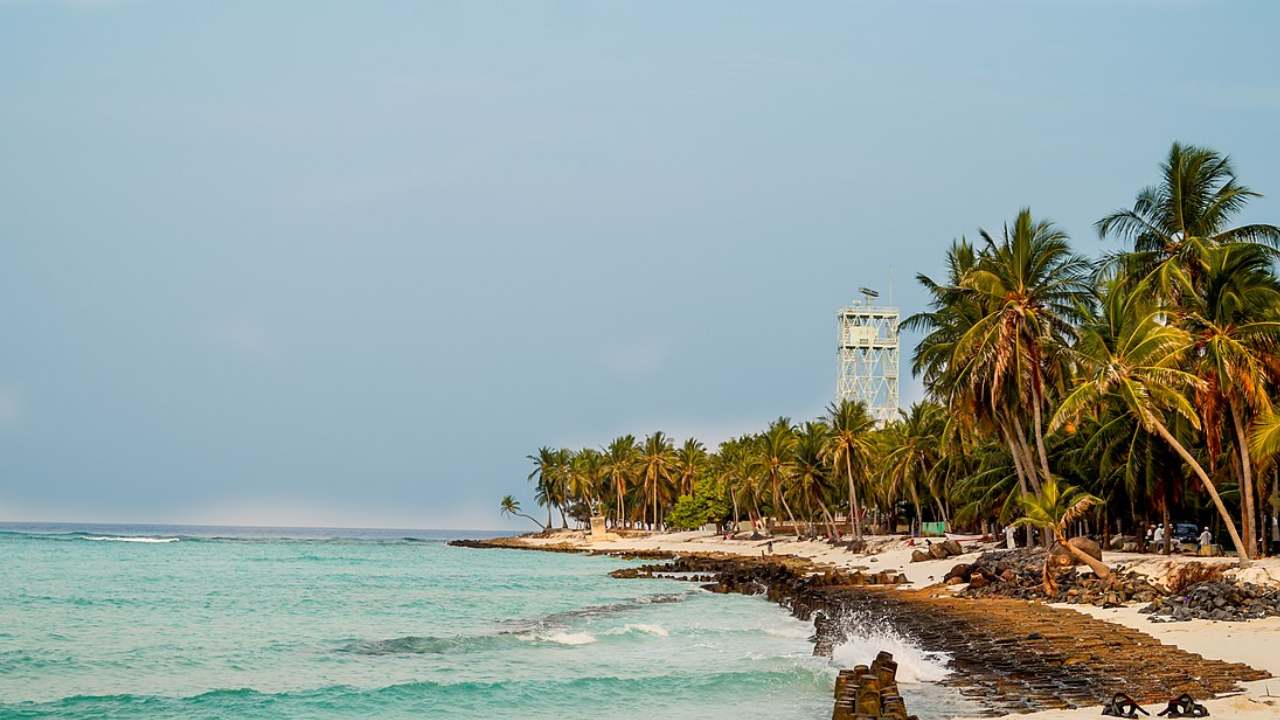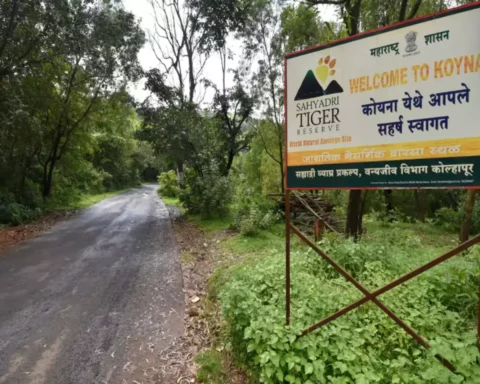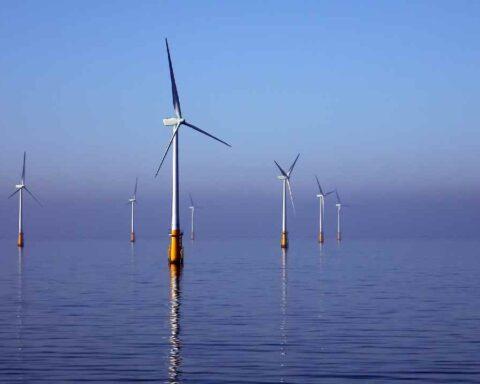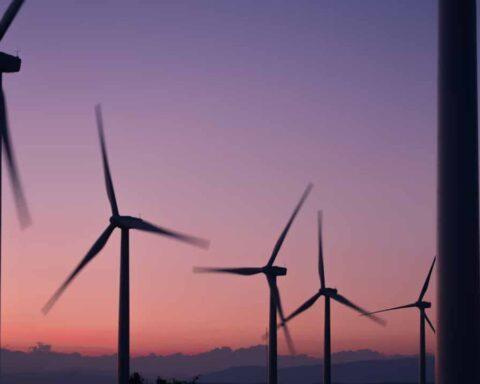The National Institute of Ocean Technology (NIOT), an autonomous Institute under the Ministry of Earth Sciences (MoES) is establishing an Ocean Thermal Energy Conversion plant with a capacity of 65kW in Kavaratti Lakshadweep and work has just commenced.
According to Minister of State for Earth Sciences and Science and Technology, Dr. Jitendra Singh, this plant will power the Low-Temperature Thermal Desalination (LTTD) based desalination plant for conversion of Sea water into Potable water. The capacity of this LTTD plant is one lakh litre of potable water per day.
The pilot project was launched earlier this year.
The project is part of Prime Minister Narendra Modi’s vision of developing a ‘blue economy’ to complement India’s economic trajectory by coming up with indigenous technology to tap ocean energy.
This is India’s maiden Ocean Thermal Energy Conversion (OTEC) in Kavaratti and has been taken up after almost three and a half decades of initial plans.
India had planned to set up an OTEC plant way back in 1980, off the Tamil Nadu coast. But the project was abandoned after the foreign vendor closed down its operation.
However, a new vision to develop India’s vast coastal resources was drawn up by the Modi-led NDA government and the Chennai-based National Institute of Ocean Technology (NIOT), under the Earth Sciences Ministry has now developed expertise in design, assembly and deployment of deep-sea pipelines, which would help India to explore Ocean Thermal Energy.
Under the Deep Ocean Mission (DOM), India will launch deep sea mining, underwater robotics, the development of ocean climate change advisory services and technological innovations for the exploration and conservation of deep-sea biodiversity.
Under DOM in the next few years, there would be the development of a prototype manned Submersible rated for 6000-metre water depth, which includes technologies for underwater vehicles and underwater robotics and the design and development of technologies for mining of deep-sea resources like Polymetallic nodules from the Central Indian Ocean at a water depth of 5500 m would be done.
The project would also include inventorization, archival of specimens and development of a DNA bank of deep-sea fauna of the Northern Indian Ocean through systematic sampling using a Remotely Operated Vehicle.
Development of Ocean Climate Change Advisory Services for climate risk assessment due to sea level rise, cyclone intensity and frequency, storm surges and wind waves, biogeochemistry, and changing harmful algal blooms in the coastal waters of India would also be made under it.
According to officials under the current OTEC project about 200 Kw of power is to be generated.
Incidentally, the Geological Survey of India had mounted six cruises around Andaman and Nicobar Islands and offshore domains off the AP and TN coast to find suitable sites for the installation of OTEC plants.
India is geographically well-placed to generate ocean thermal energy, with around 2000 kms of coast length along the South Indian coast, where a temperature difference of above 20oC is available throughout the year. This means about 1.5×106 square kilometers of tropical water in the Exclusive Economic Zone around India with a power density of 0.2 MW/km2.
The total OTEC potential around India is estimated as 180,000 MW, considering 40% of gross power for parasitic losses. However, the cost estimates of ocean energy as against conventional energy are still being worked out, as the country is still in a nascent stage of development of the technology and start generation.





























